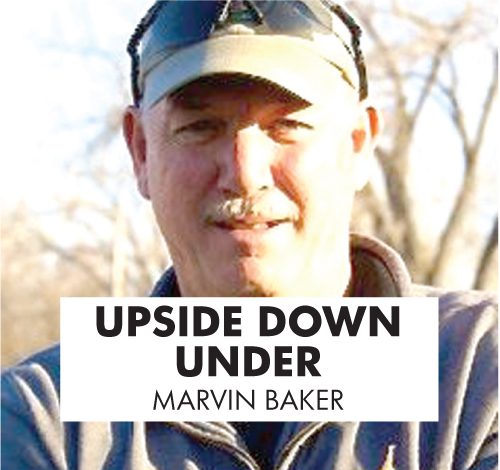I’m sure we’ve all been in Bismarck at one time or another. But, if you don’t live near Bismarck and don’t get there very often, the next time you do, you’ll most likely notice changes.
The city of Bismarck seems to defy just about all of the rest of North Dakota and continues with a robust growth that has now pushed the city to 75,000 in population.
I’m sure it doesn’t hurt that the state capitol is located there, but it also sits in a strategic location in North Dakota which makes it a natural hub for the region.
Just to put into perspective how the city has changed, I found a chart showing Bismarck’s population since 1920. Records have been kept since the 1870s but I was unable to locate statistics prior to 1920.
Anyway, Bismarck was the state capital in 1920 and it had a population of 7,122. That is about the same size that Devils Lake is right now. Each decade the city grew at a much bigger rate than other communities across the state.
By 1930, the population had grown to 11,090, and this appears to be significant that during the Great Depression and Dust Bowl years of the 1930s when people were leaving the state in droves, Bismarck continued to grow, jumping to 18,640 by 1940.
The pace slowed a bit from 1930 to 1940, but there was still an increase, and by 1960, the population had grown to 28,000.
A 1973 newspaper article stated Bismarck was the second fastest growing city in the United States behind only Denver. That may have been true for a short time because by 1980, Bismarck’s population was 45,000, a jump of 10,000 since 1970.
Today, Bismarck is comparable in population to other places in the United States that include Wilmington, N.C., Redwood City, Calif., Danbury, Conn., Boca, Raton, Fla., Los Cruces, N.M., St. Joseph, Mo., Livermore, Calif., Pawtucket, R.I., Wilmington, Del., and Yakima, Wash.
Well known places that aren’t as big as Bismarck include Muncie, Ind., Sparks, Nev., Osh Kosh, Wis., Santa Fe, N.M., Saginaw, Mich., Rapid City, S.D., Palo Alto, Calif., Dubuque, Iowa and Missoula, Mont.
Having grown up near Bismarck, it seemed that everytime my family would go to Bismarck, there was construction going on. Even as a little kid, I remember construction projects around town.
You have to hand it to the city planners and architects for doing a tremendous job in keeping the city neat and organized. Often times when a place grows rapidly, you’ll see chaos and unorganized subdivisions. We’ve seen that in Williston and Watford City in recent years and in Dickinson, Beulah and Hazen in the 1980s.
Even more interesting is that Bismarck can only grow in three directions. It can’t go west because of Mandan, but Bismarck’s neighbor has seen substantial growth in its own right and is now well over 20,000 in population.
Business, industry, retail, housing, warehouses, colleges, medical and even entertainment like baseball and concerts, have all either grown or become more frequent.
If you’ve seen the photograph of the construction of the state capitol in 1932, there’s nothing else around it except a horse or two grazing off in the distance. Now, that’s about the middle of town.
I can recall driving around Bismarck as a teenager and almost nothing existed north of Century Avenue, not even Bismarck Century High School. There may have been a few things north of Century along U.S. Highway 83, but nothing else. It was farmland.
Parts of the city are hardly recognizable because they are either brand new neighborhoods or existing ones that have changed drastically. The state prison used to be an island southeast of town. Now, it is surrounded by the hustle and bustle of a rapidly growing community.
Regardless of the ups and downs in population across the state, it appears Bismarck will continue to grow at a generous rate for the foreseeable future.













